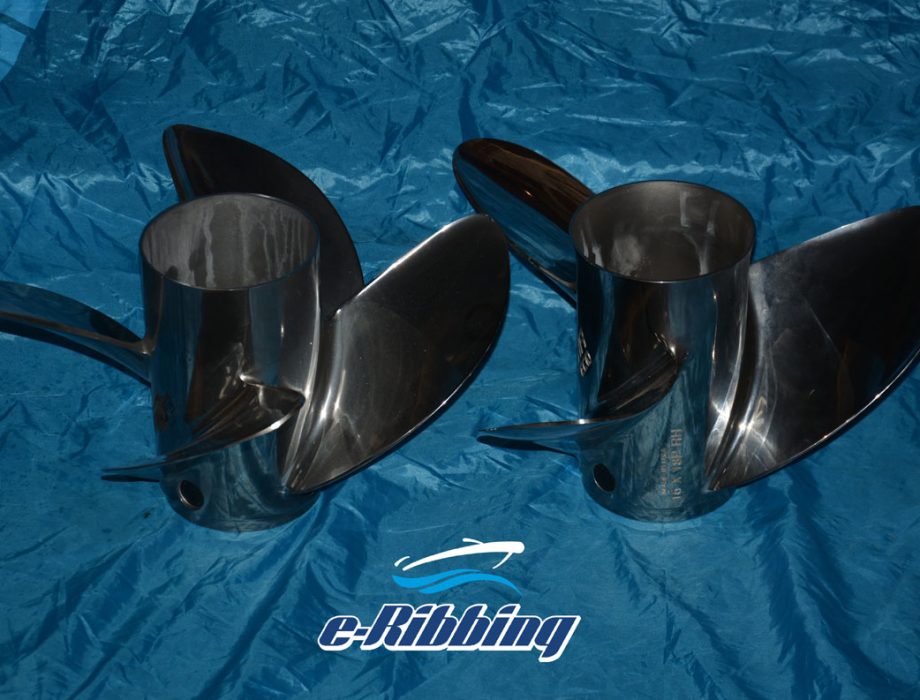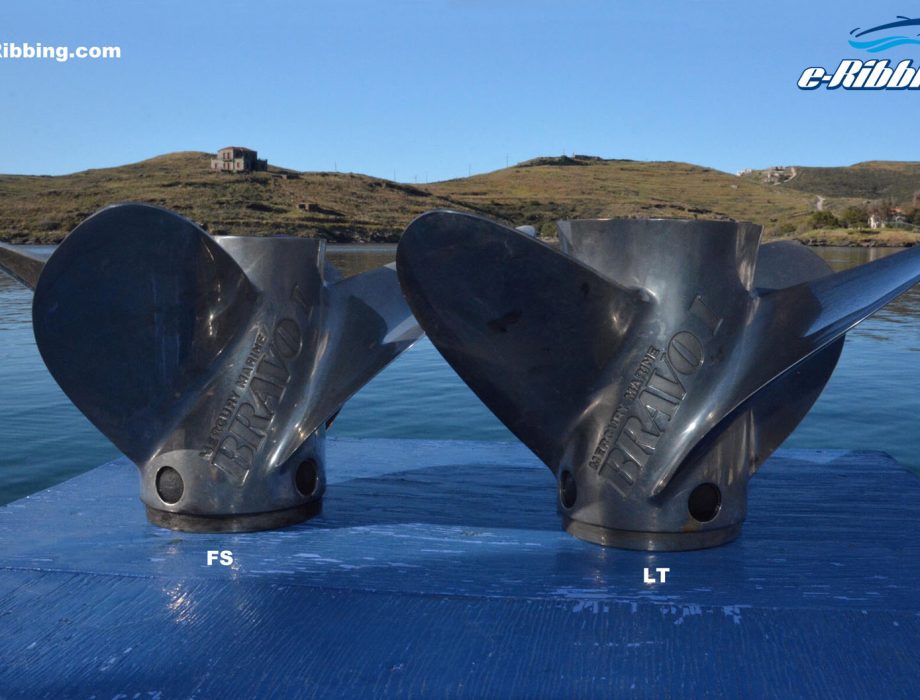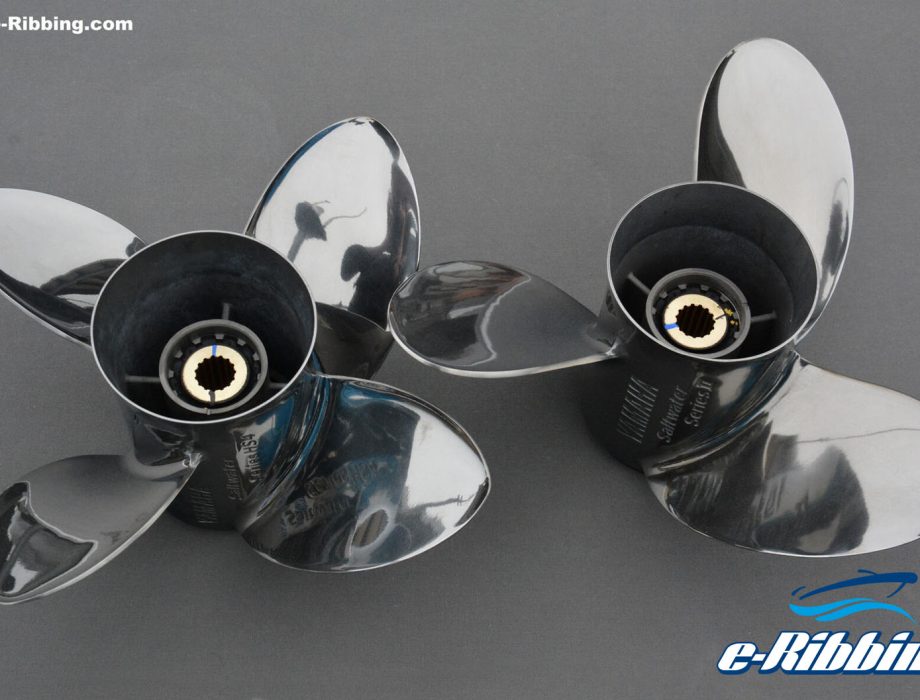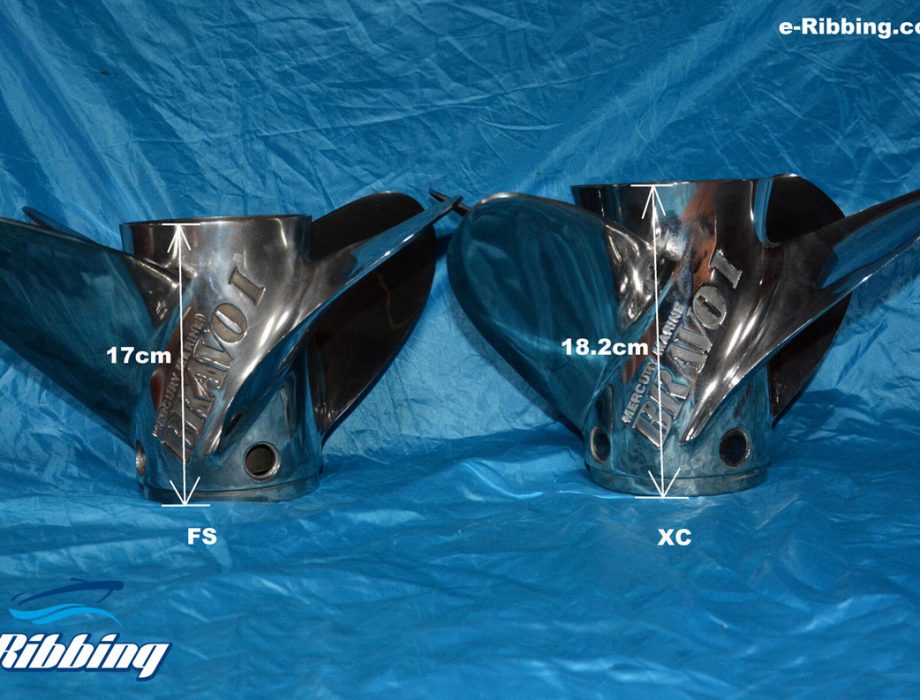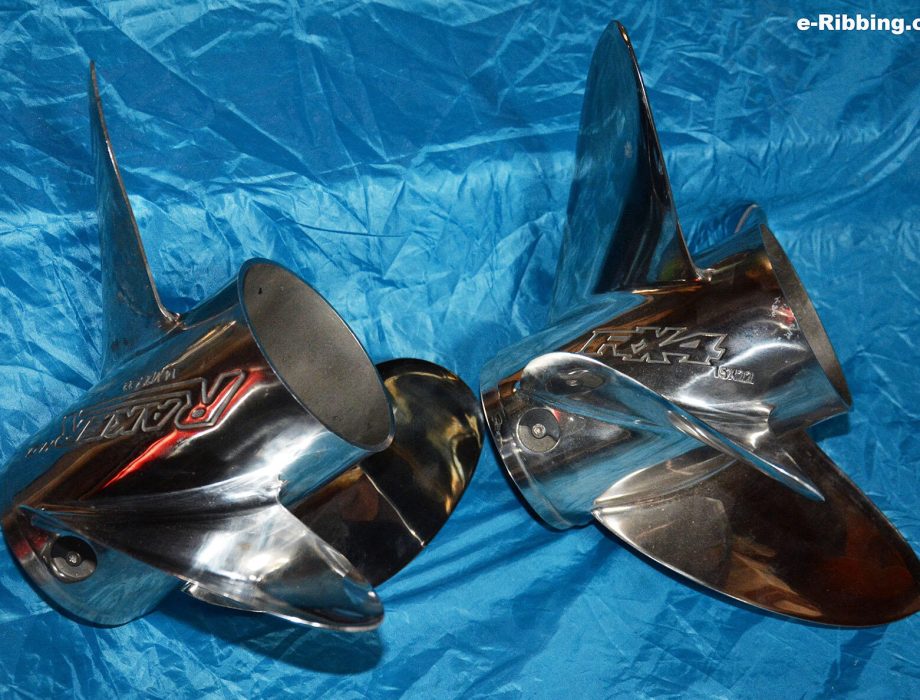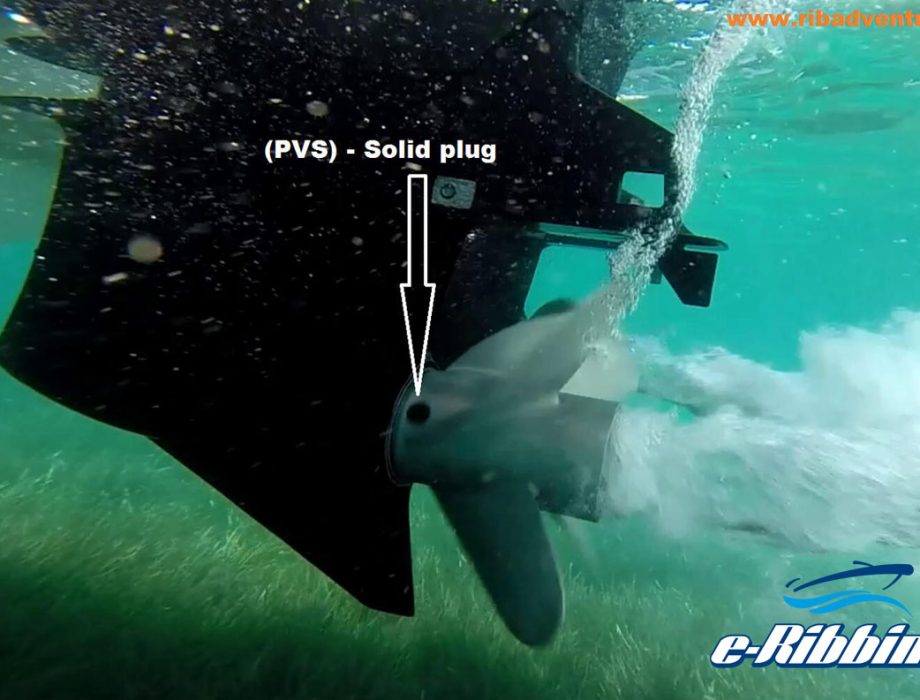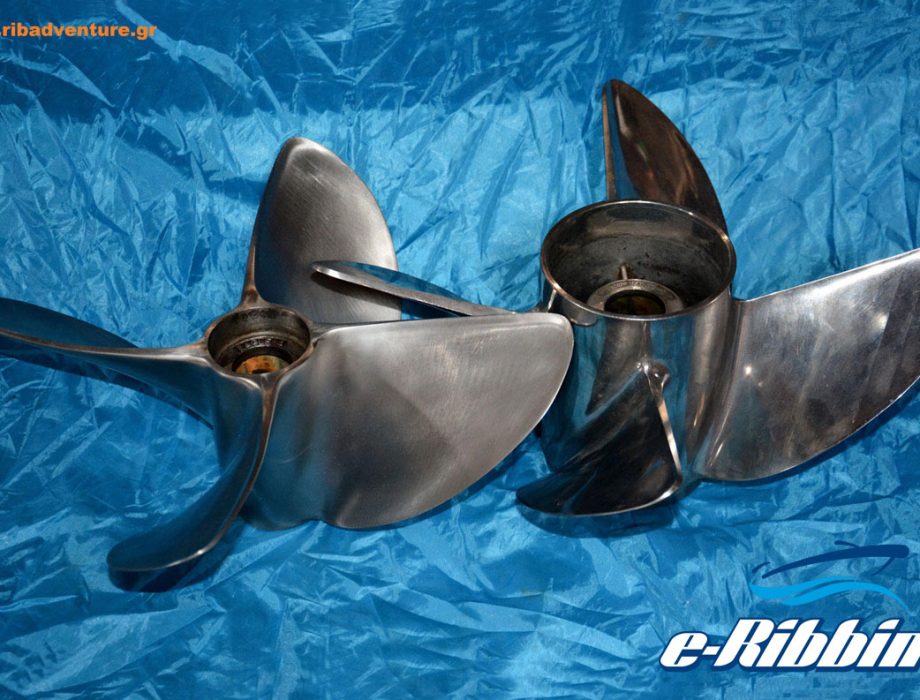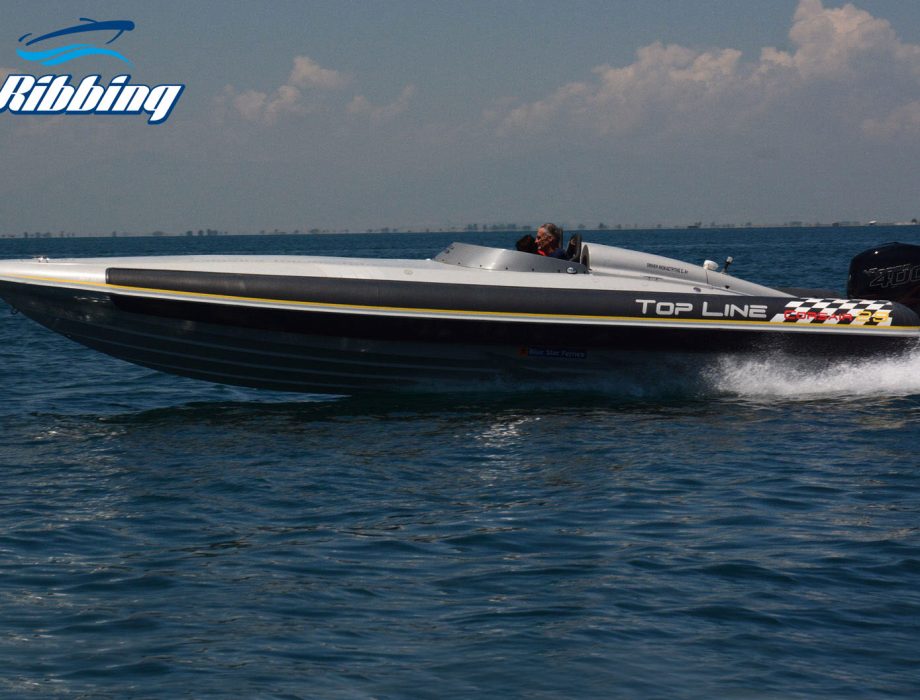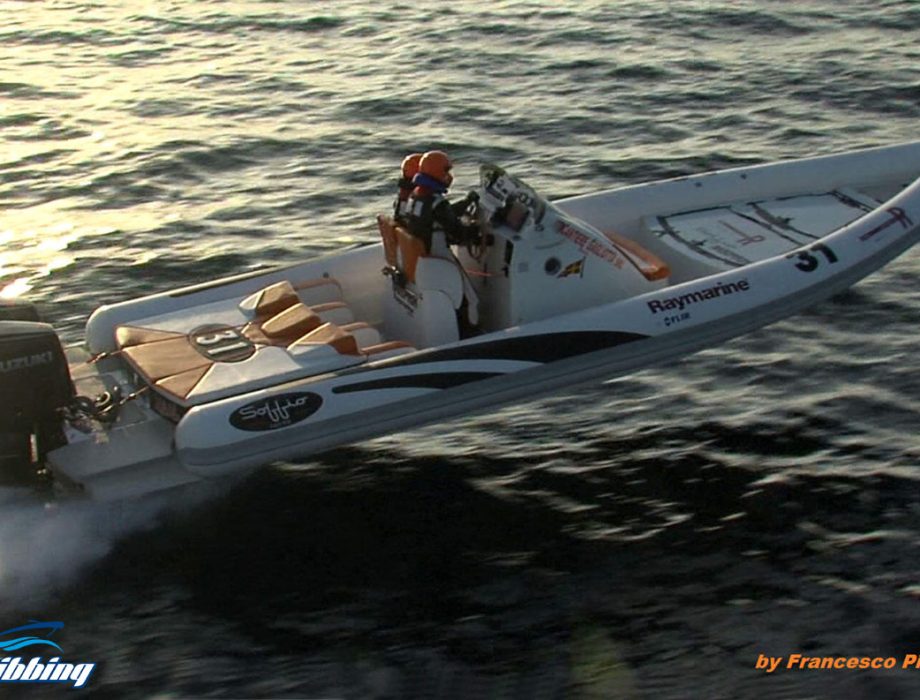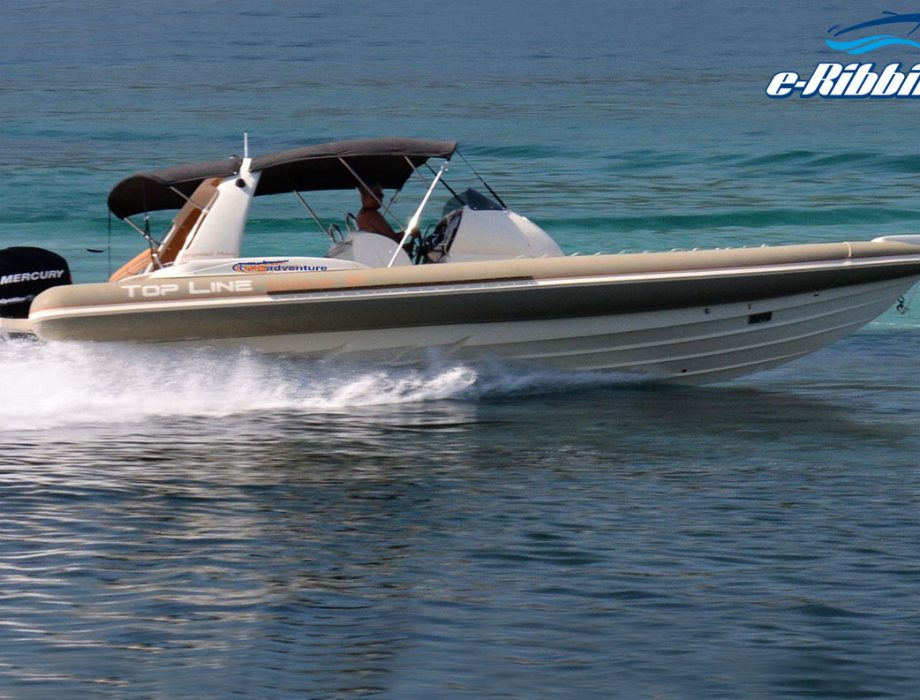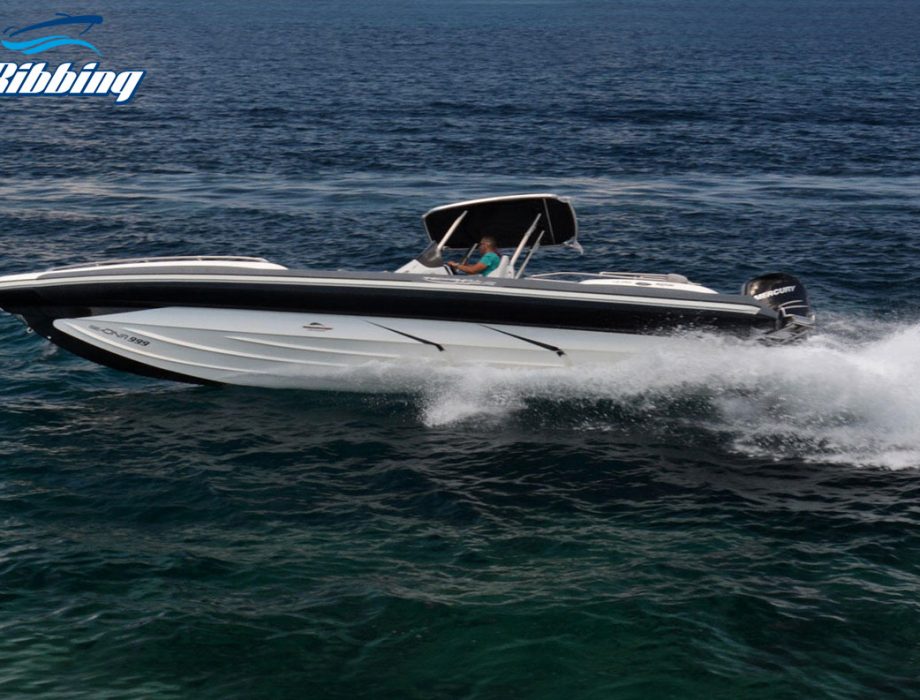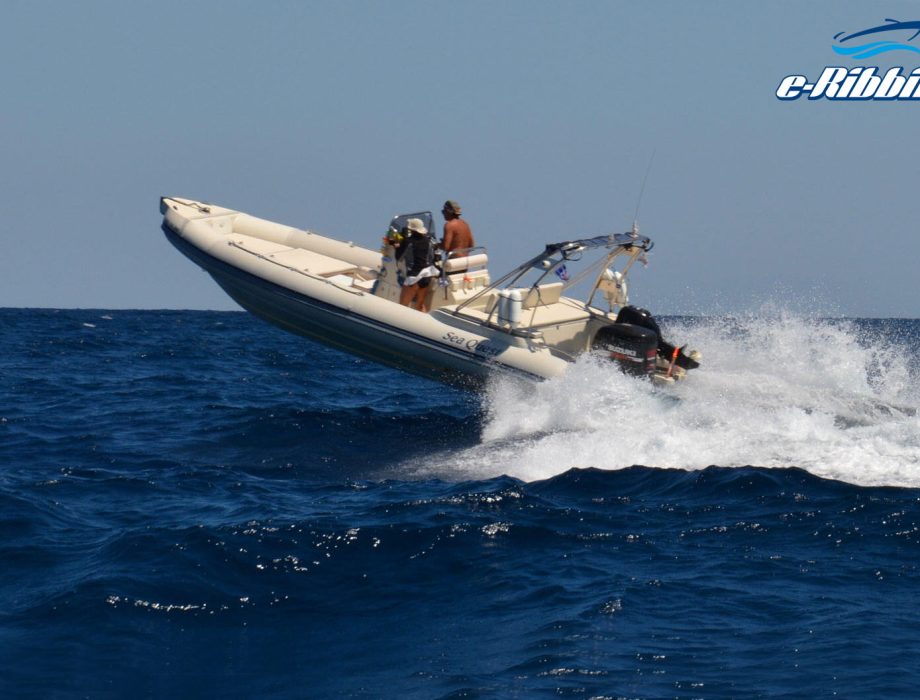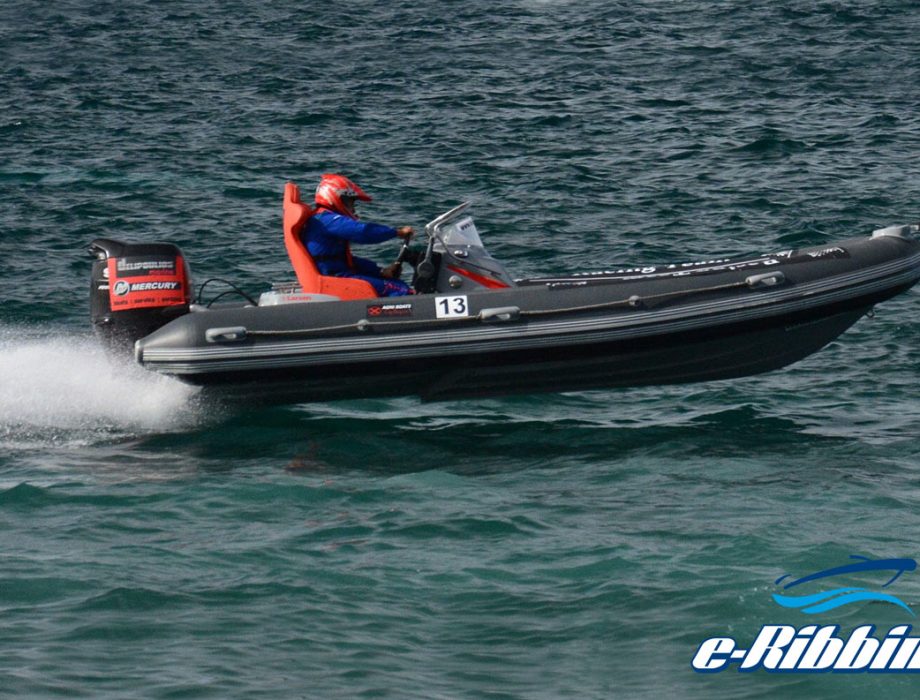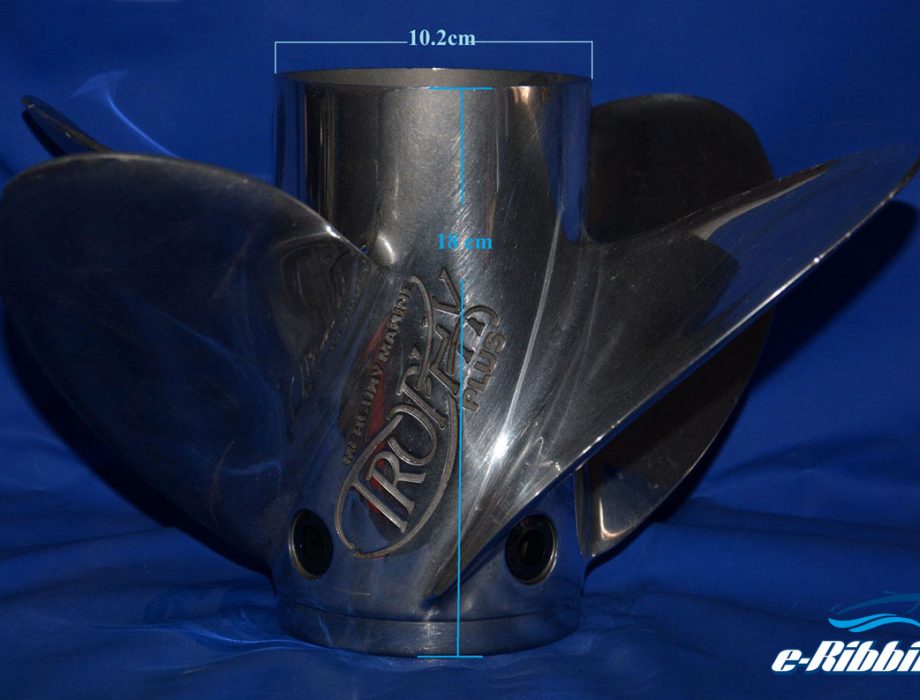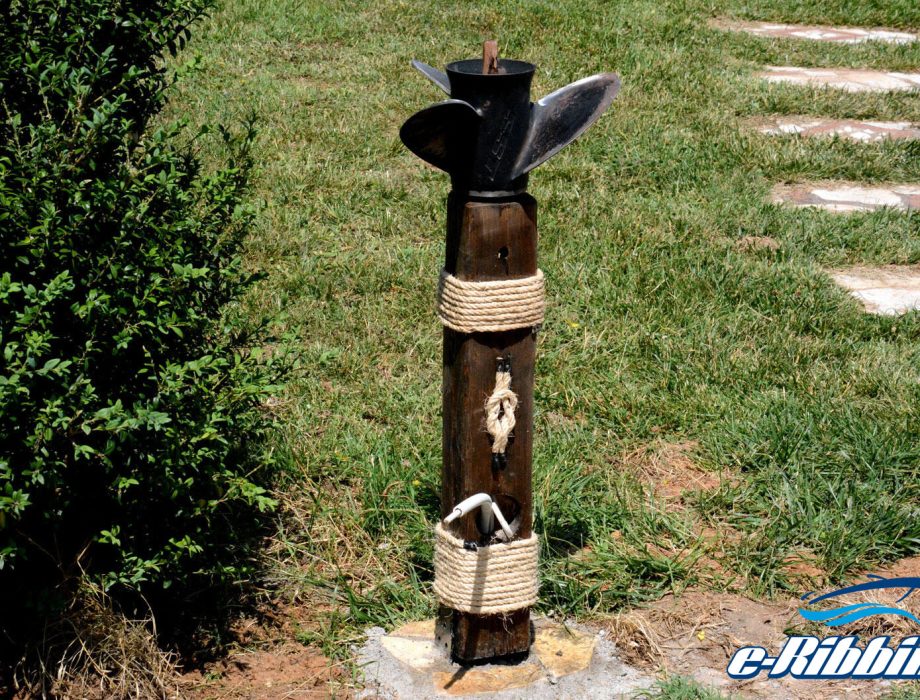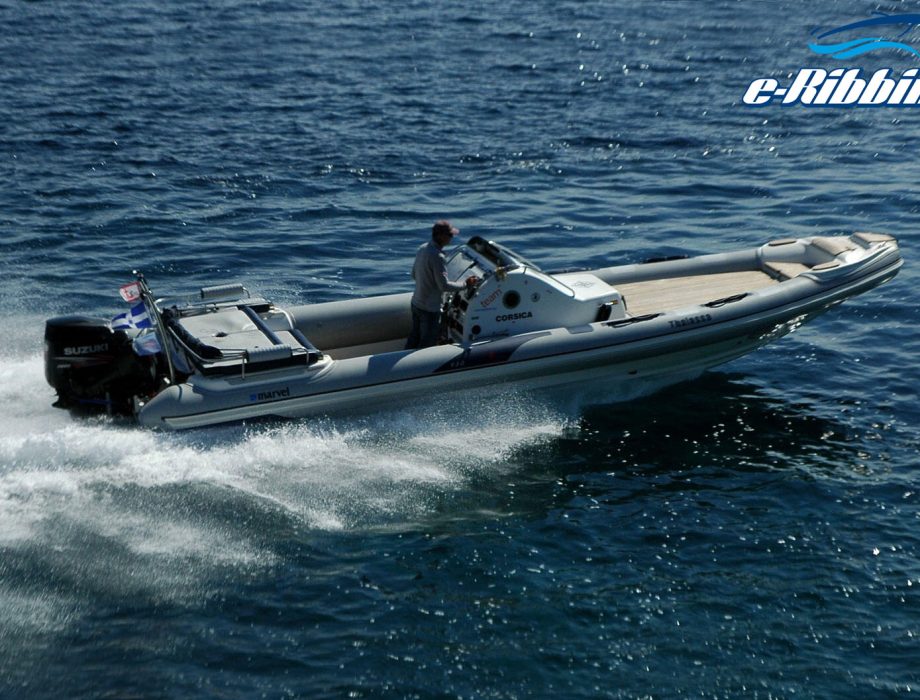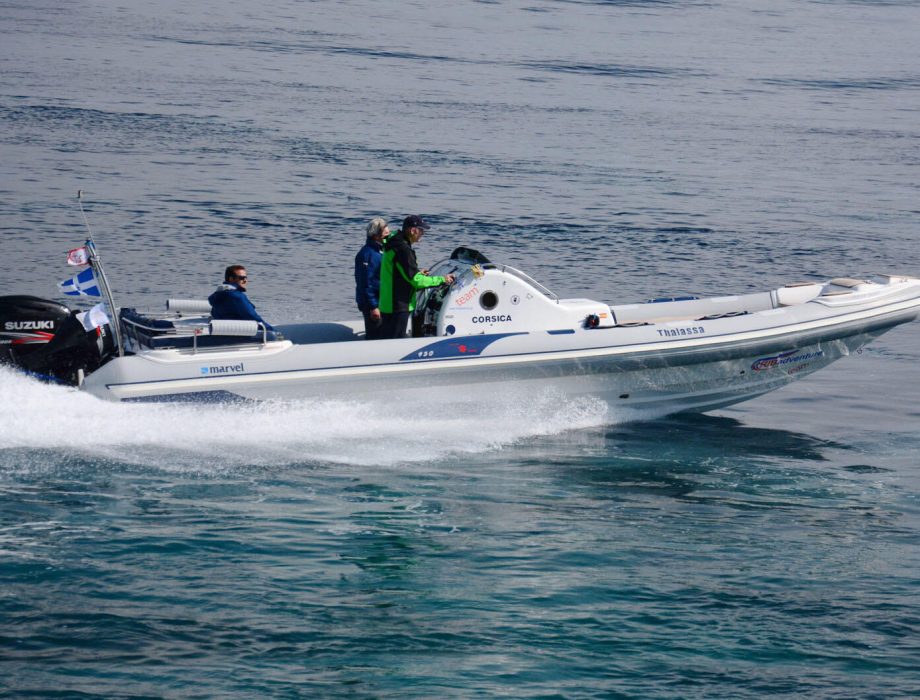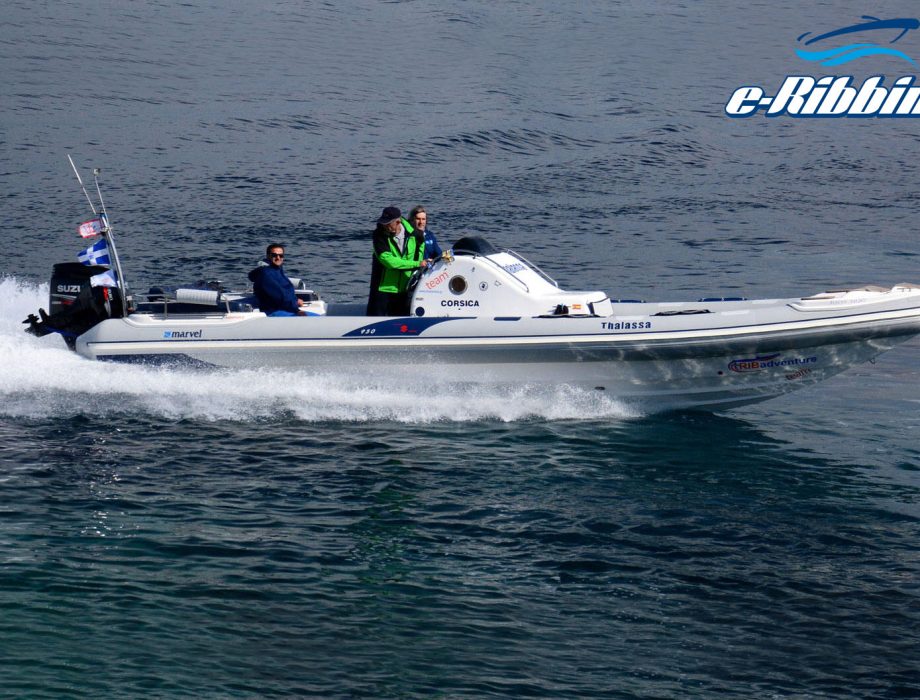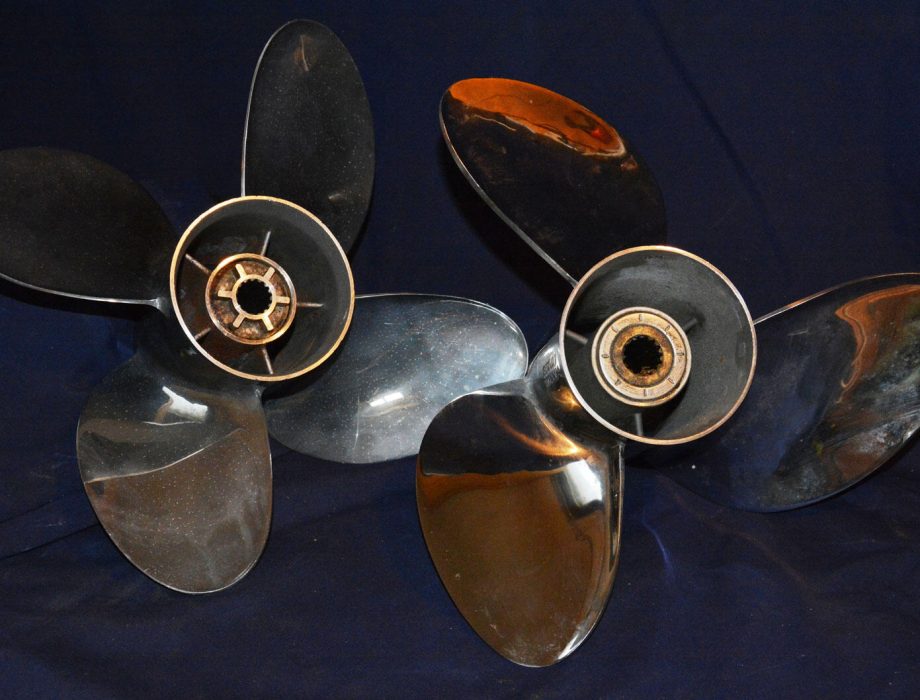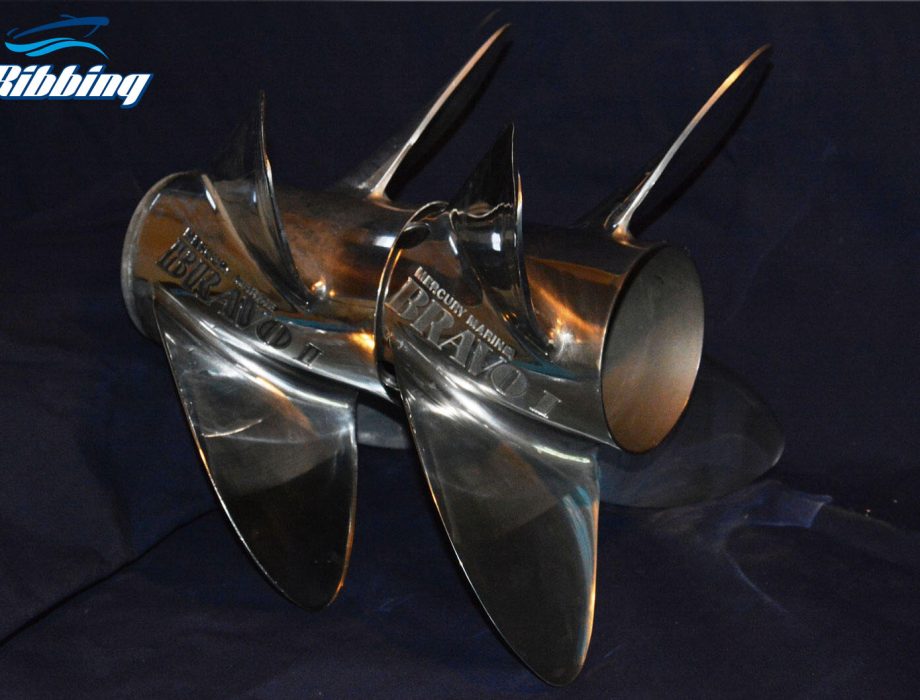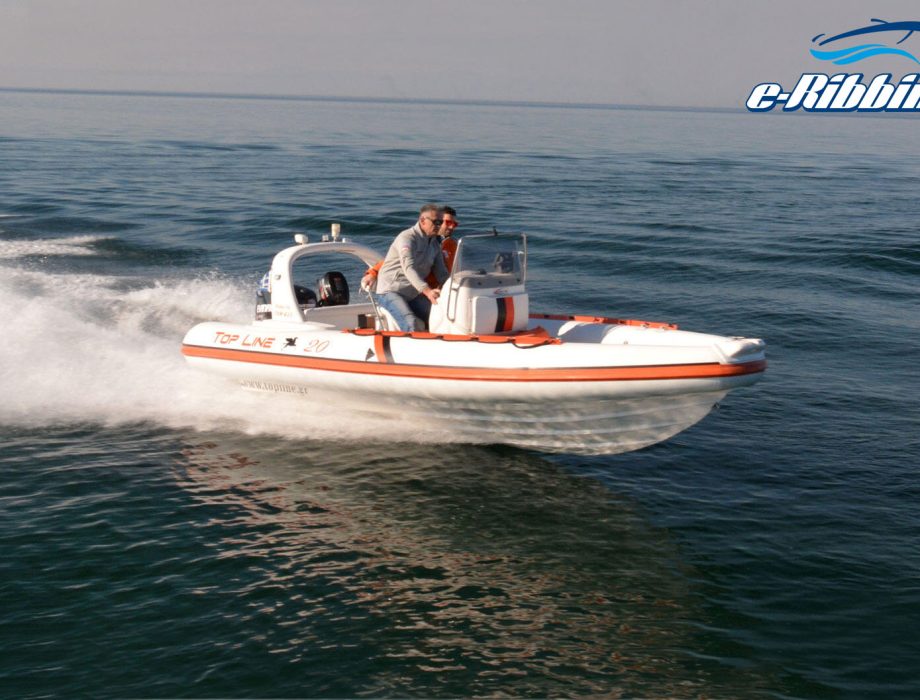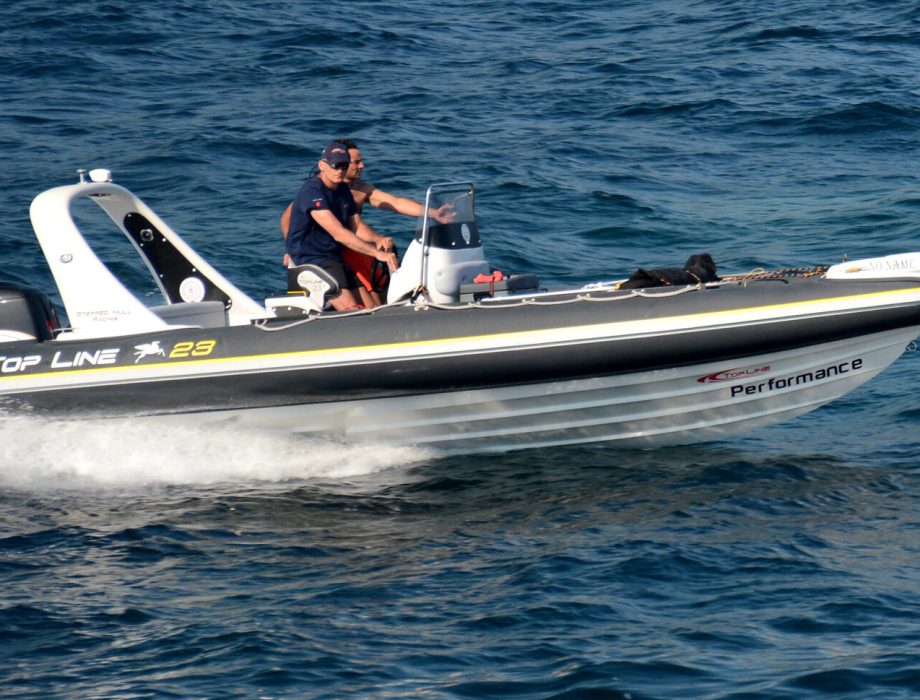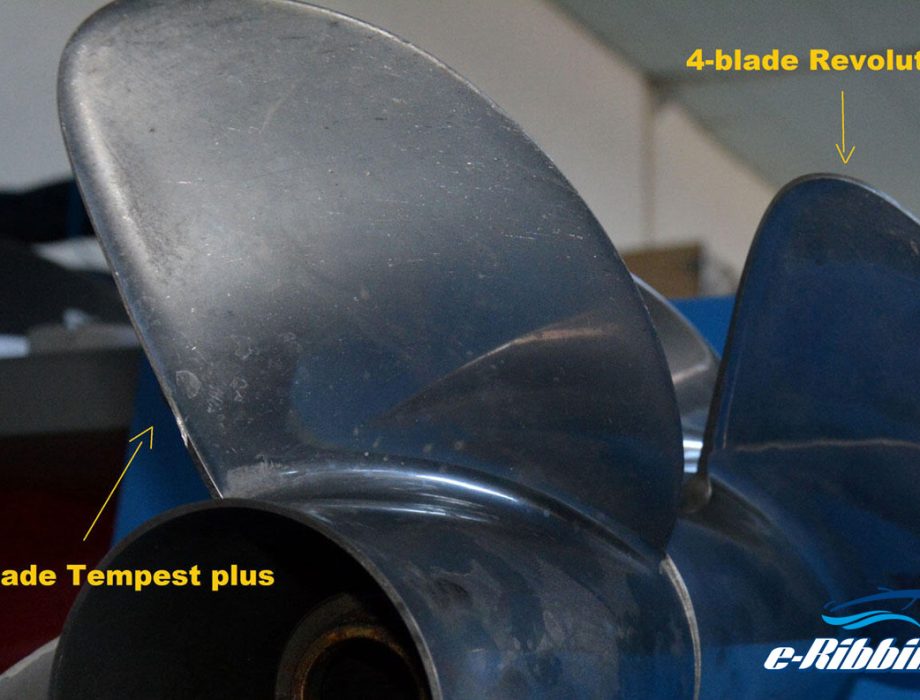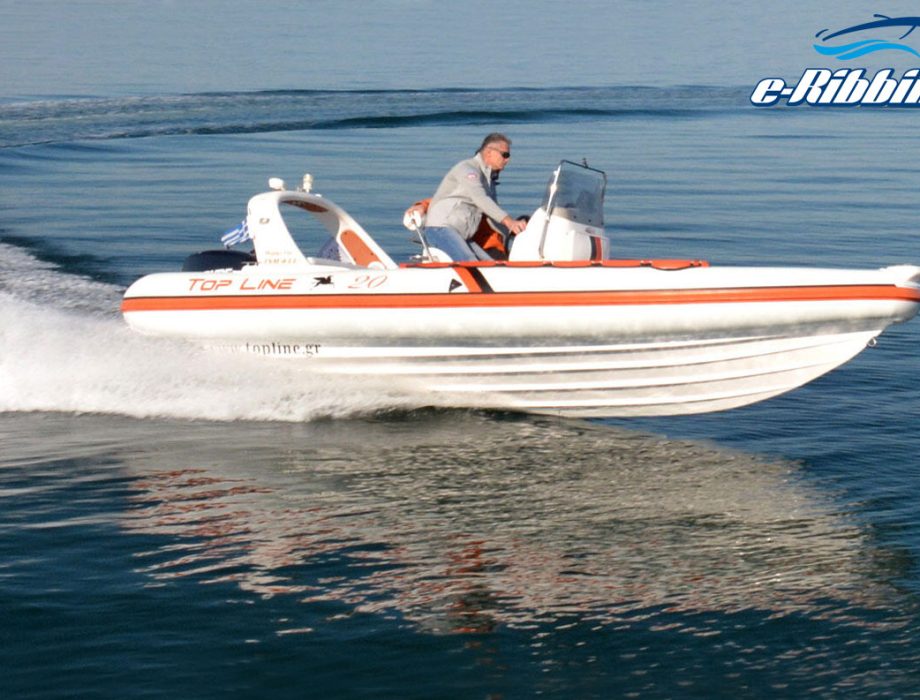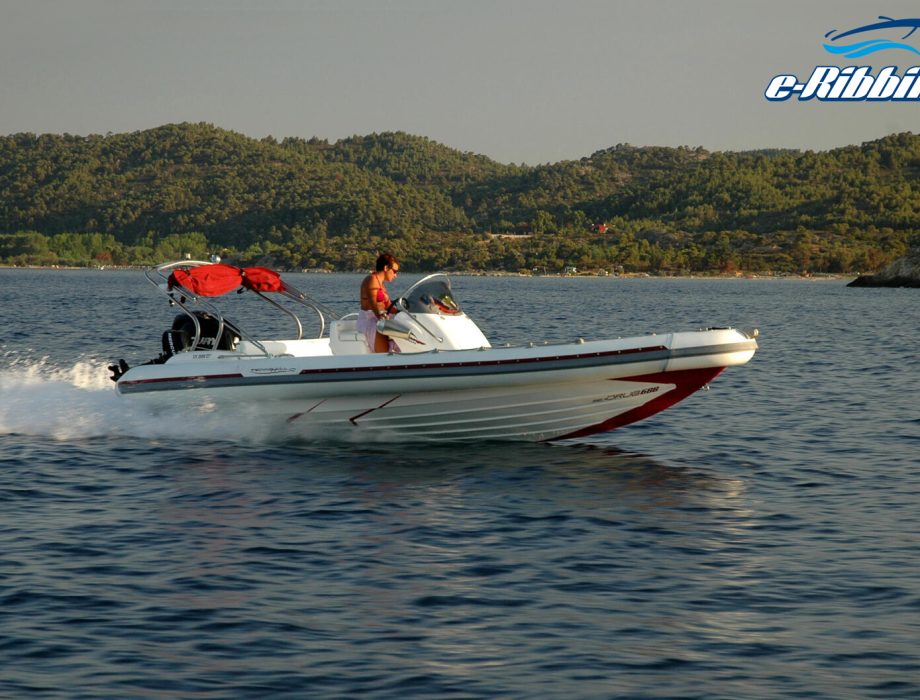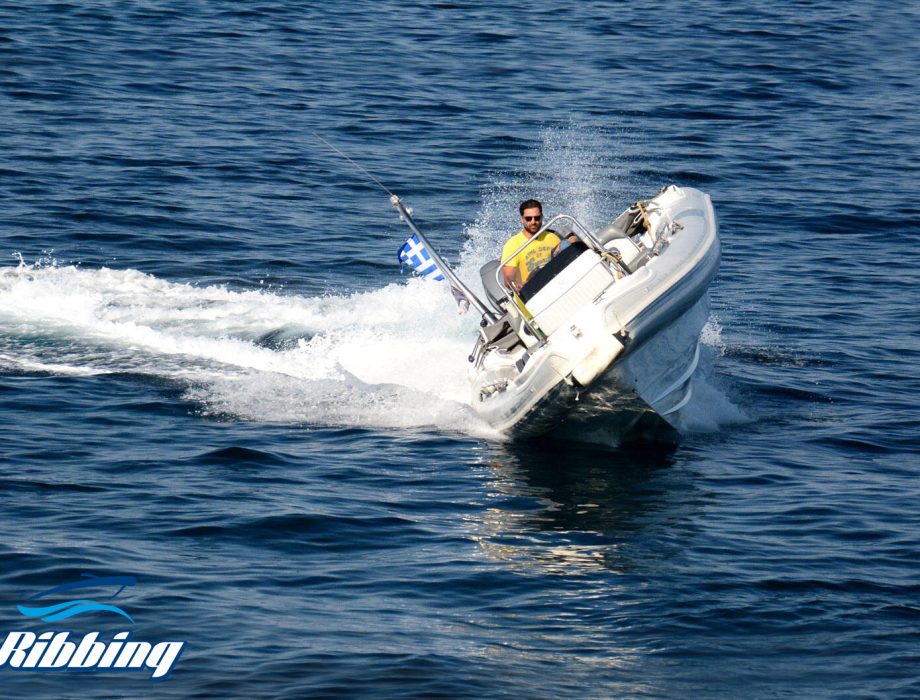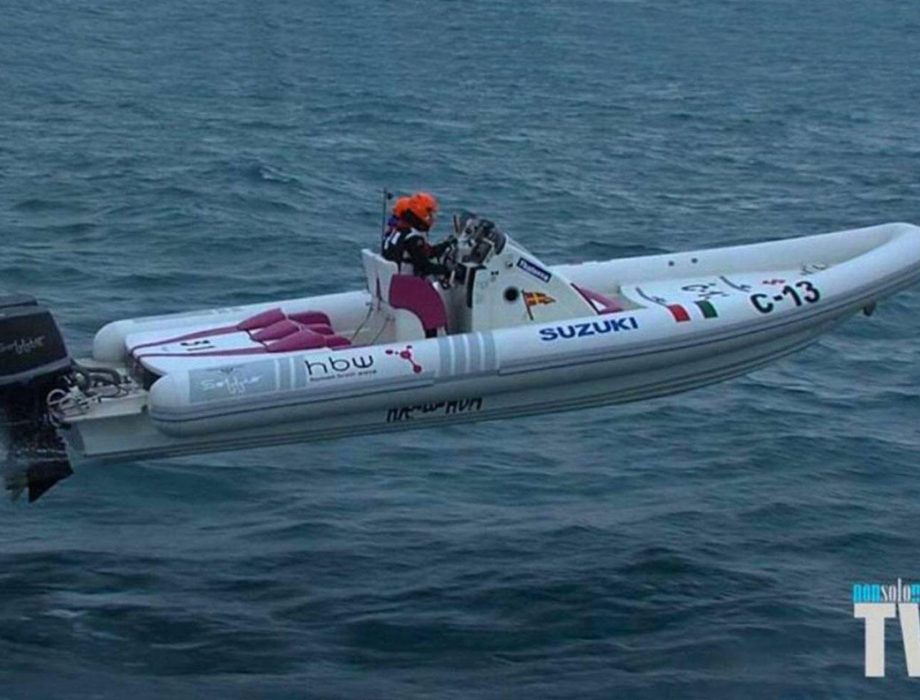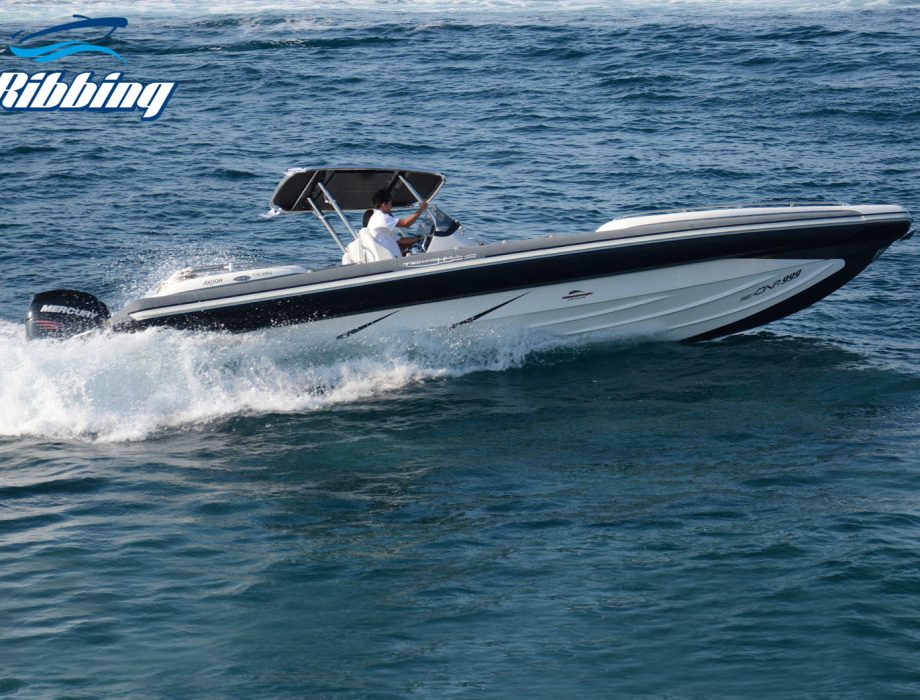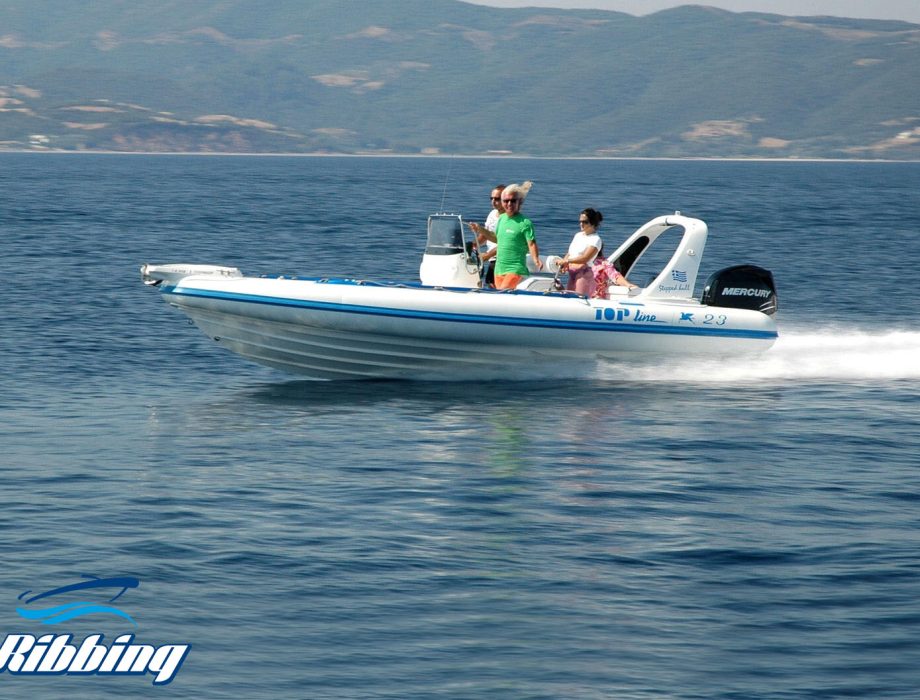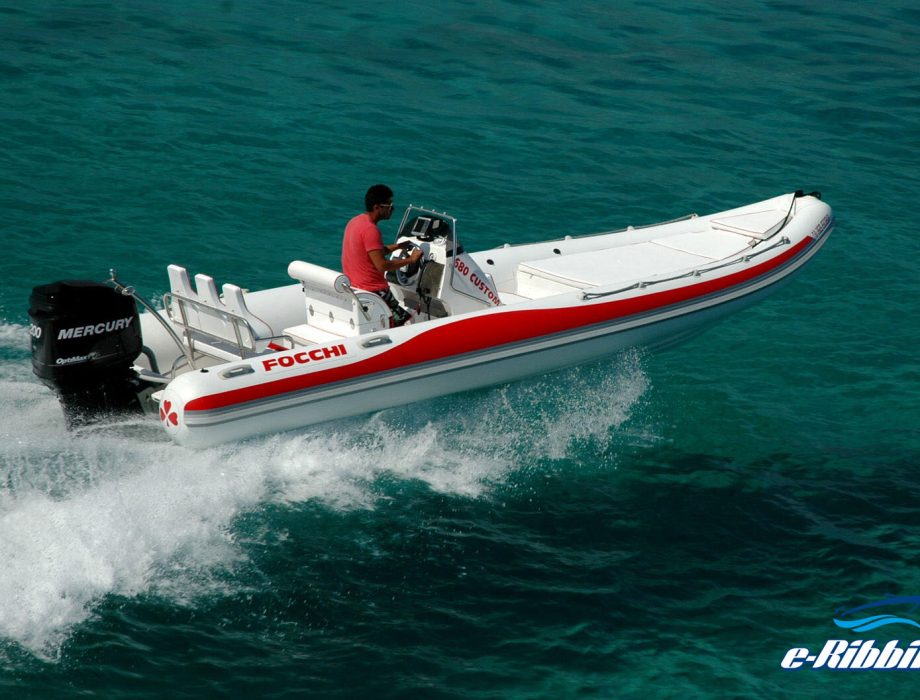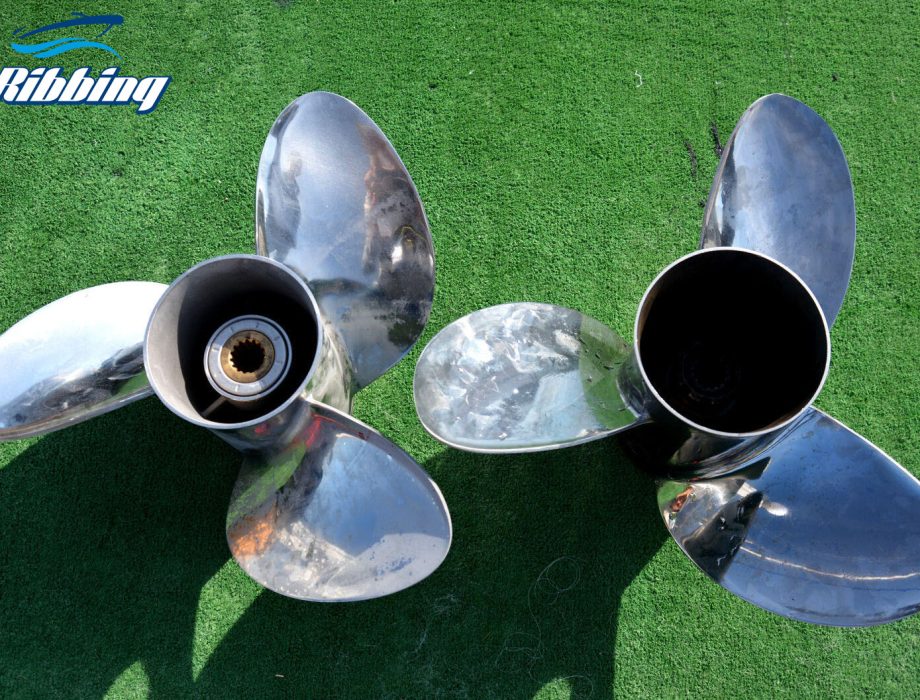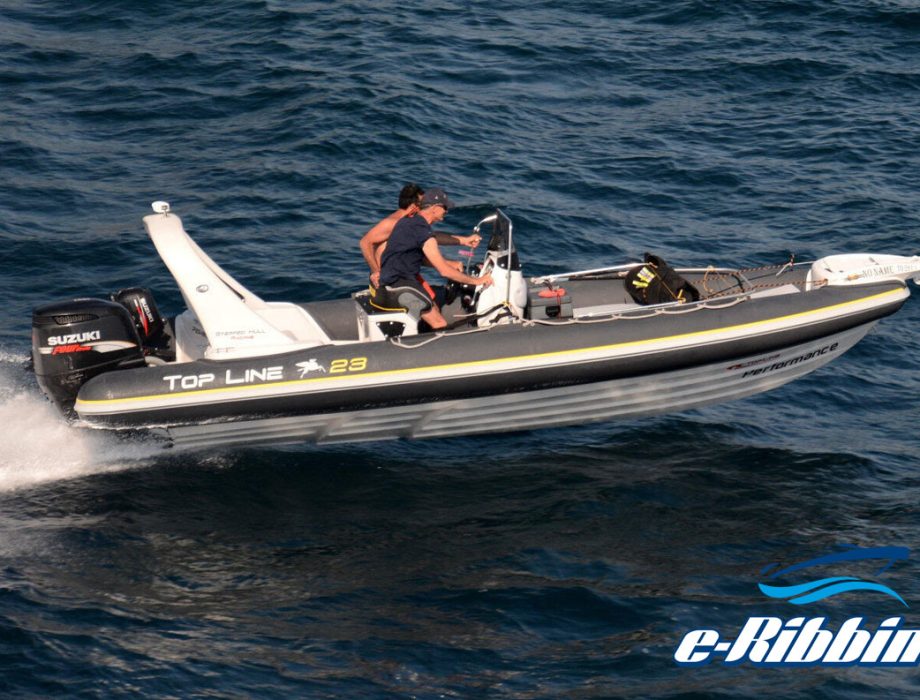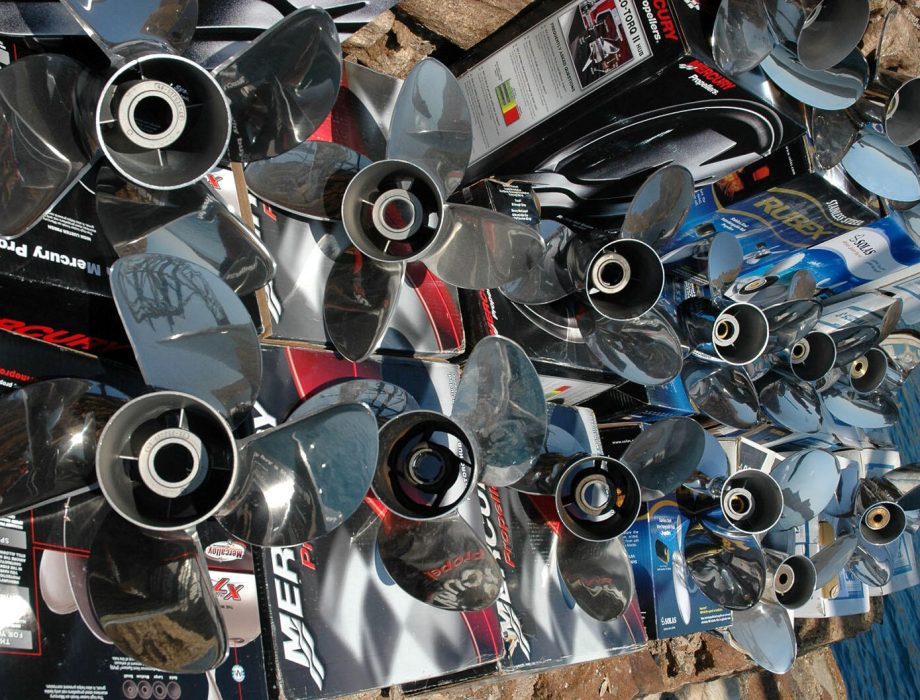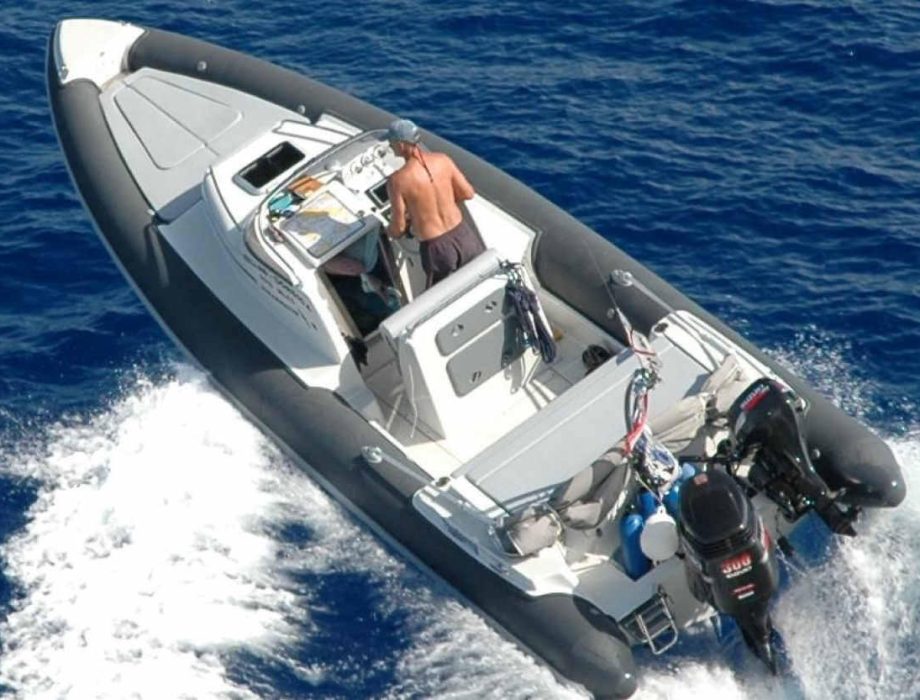
The Cup of the propeller

4-blades vs 3-blades

The Cup of the propeller

4-blades vs 3-blades

The "Rake" of the propeller
Apart from the diameter and the pitch, also the number of the blades of a propeller, the designing interferences of the blades, as well as other variations such as the thickness of the blades, the weight of the propeller, the material are made of etc. have their own share of "responsibility" in performance of a propeller.
Let's see what the Rake is and which its role is.
The term rake refers to the angle of the blades in relation with the propeller's hub. Be careful though, it must not be confused with the pitch, since the angle of the blades in the rake concerns their inclination forwards or backwards in relation with the propeller's hub.
That means that the rake angle is measured on the propeller's hub and it is formed vertically on its hub with the straight line which connects the base of the blade with its tip. Consequently, when the rake angle is 0 degrees, then the blades are upright on the propeller's hub. The more backwards the blades lean, the higher the rake and bigger the angle that is formed accordingly.
Rake is negative when the inclination of the blades is forward, i.e. when the blades face the gearbox, whereas it is positive when the inclination of the blades is backwards, i.e. opposite the gearbox.
In most outboard engines propellers have positive rake, i.e. the blades have a backward inclination between 5 and 15 degrees, whereas in some highly efficient propellers it can reach, or be over 30 degrees.
As we trim the engine upwards, the bow of the boat is raised above water, resistance is lowered and efficiency is increased. At this point exactly, the high rake of a propeller plays an important role.
It improves its performance because it keeps the water between the blades and the propeller's hub longer and in this way, the ventilation of the propeller is limited up to a great extend in high trim angles. Then, when our boat runs higher and it is near or out of the water surface, high rake helps the propeller to produce bigger impulse and helps to the elevation of the bow more effectively, having as a consequence the reduction of the hull wetted surfaces and the achievement of higher final speed.


